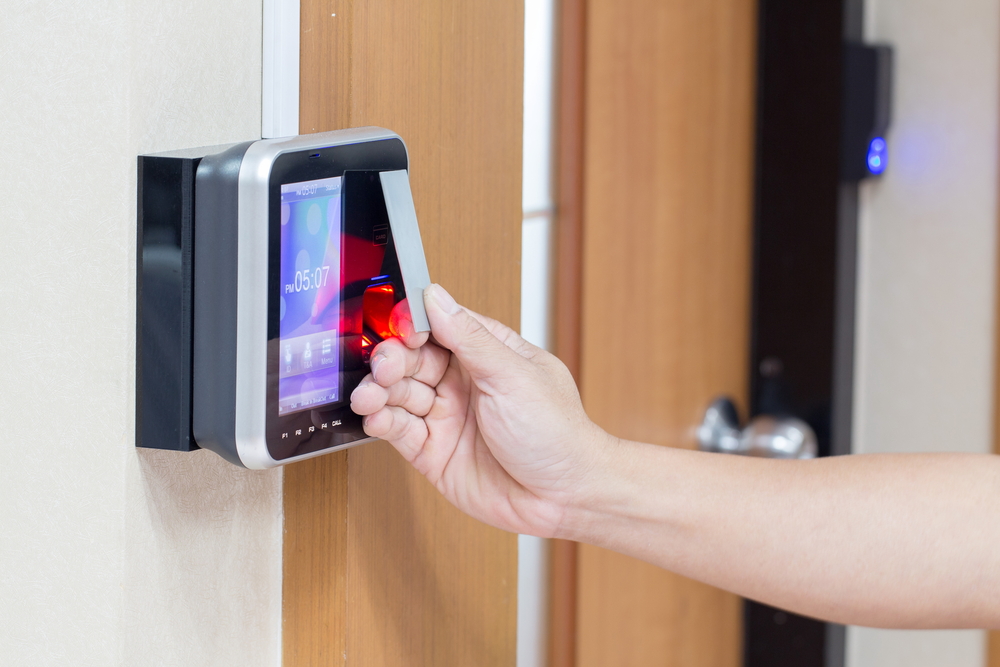The days of the standard lock and key access control of buildings are rapidly declining. Modern technology has advanced security options exponentially, and those advances include updated access control. As a business owner, you want to know who is coming and going from your facility. What if you could also have control over what time they arrive and leave, or regulate which portions of your facility certain employees may have access? Has your business grown and you now have more than one location? Let’s explore some signs that you should upgrade your access control methods.
The number one sign that you need to upgrade your access controls is a security event. Criminal activity that breaches your property is the number one reason to upgrade your access controls. When a criminal is able to gain access to your facility, the access controls currently in place are clearly insufficient to protect your property. Upgrading from a standard lock and key system to a card or biometric system will provide the security you need to ensure these security breaches are less likely to occur.
Do you have multiple locations that require different keys to access different buildings? This is sign number two that an upgrade to your access controls would benefit your business. By utilizing a standard system across the board for all locations, it allows you, the business owner, access to all locations using one method instead of keeping track of several keys for several sites, as well as the ease of monitoring the comings and goings of all employees and visitors to all of your facilities.
Are you losing valuable productive time trying to maintain multiple systems for managing employees? This is sign number three that an upgrade to your access controls would be beneficial to your business. Technological advancements now allow access controls to integrate other operations to become a multifaceted control system. Employers are not only able to provide a secure environment for their employees, but they are also able to easily monitor employees’ time and attendance, provide benefits like cashless vending, and include biometric processes into the card access for their facilities.
Are you accessing, processing, managing, or maintaining confidential information and are required to maintain a certain level of security? A need to comply with the increasing demands of regulatory requirements for storing, processing, or maintaining confidential information is sign number four. Increasing your access controls is an easy way for businesses to comply with strict regulatory requirements. Providing strict access controls for your business also has the potential to increase your business. People want to believe their information is secure and will look to utilize the services of businesses who take those regulatory requirements to heart and maintain secure facilities.
Have you grown your business and are concerned that thieves are going to break in and steal your computers? Or perhaps your insurance company has raised your rates due to your expansion? An increased need to reduce your liabilities and improve risk management is sign number five that you need to upgrade the security around your access controls. Upgraded systems allow you to prevent security events before they have a chance of happening. Upgraded access controls may also reduce your insurance costs, which is a tangible economic benefit for the business owner.
Basic Elements of Access Control
Access control is easily defined as the process by which you provide or restrict entry to your property or facility. The basic elements of access control are (1) authorization; (2) authentication; (3) access; (4) manage; and (5) audit.
Authorization requires the company to define its guidelines for access. At this time, the business owner would decide the restriction levels of the facilities in various sections and which employees should have access to each determined section. Employers would then assign roles to the users of the access control system.
Authentication is the process by which the reader determines whether the person seeking to gain entry has the proper authorization to access that particular area. This is the point where the person seeking to gain entry presents the badge, card, or specific biometric credential required for entry.
Access is the process that unlocks the door once the authentication is complete. Once access is allowed, the person, time, and location are all tracked by the access control system. This allows business owners to maintain a watchful eye not only on the entry and exit of a particular area, but also to ensure employees are arriving and accessing the specific areas at the correct time and intervals.
Manage allows the administrator of the access control system to monitor any security breaches via real-time alerts, narrowing down the access point for rapid intervention by local authorities. Administrators are also able to remotely troubleshoot any access issues, which saves time and increases productivity.
Audit affords administrators and business owners the ability to regularly perform systems checks and reviews. This is important in case a former employee was inadvertently left in the system. The auditing process is also beneficial to security officers investigating suspicious behavior. The audit element of an access control system allows businesses to maintain various regulatory requirements by providing access to periodic compliance reports.

Latest Trends
Adversity was the theme of 2020 and forced businesses to look towards new methods of access control for their facilities. Fortunately, there is no lack of technological advances in modern society, and that has held true for access control systems.
Touchless systems are a new trend that saw an increase in use due to the pandemic. The use of systems that utilize facial recognition and iris matching is on the rise, while the use of fingerprint reading is on the decline. Advancing touchless systems provides peace of mind for employees who need a little coaxing to come back to the office after remaining safe at home. Having fewer touchpoints for employees allows employees to feel reassured that the company is taking the proper precautions necessary to protect their health and wellbeing.
Cloud-based access control is on the rise as well. Cloud-based systems have a multitude of benefits. The ease of upgrading a cloud-based system is one of the key perks. These cloud-based systems allow for zero downtime and constant security updates. While no business owner enjoys the stress of firing an employee, when the need arises, a cloud-based access control system will instantly revoke that fired employee’s access to the facility. There is no longer any need to get back a key or change any locks.
Mobile access control has seen a huge rise in 2020. Nowadays everyone uses a smartphone. Why not have the ability to unlock, lock, monitor, and maintain your system at your fingertips? Mobile access control works with cloud-based technology to send encrypted signals allowing access to the facility. Administrators are able to swiftly and efficiently add and remove users via email and effectively eliminate the need for any in-person key cards. This process also saves business owners the cost of replacing any keys or cards.
Make sure to contact A Total Solution to discuss your business’ access control needs. Our expert technicians are ready to answer your questions.
